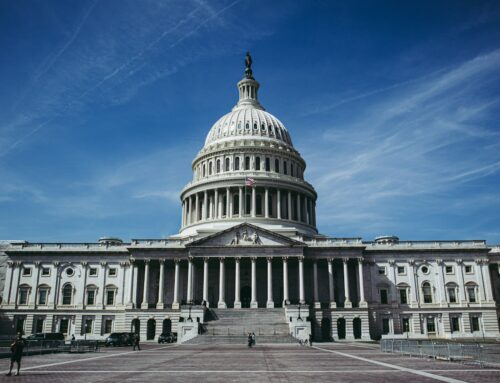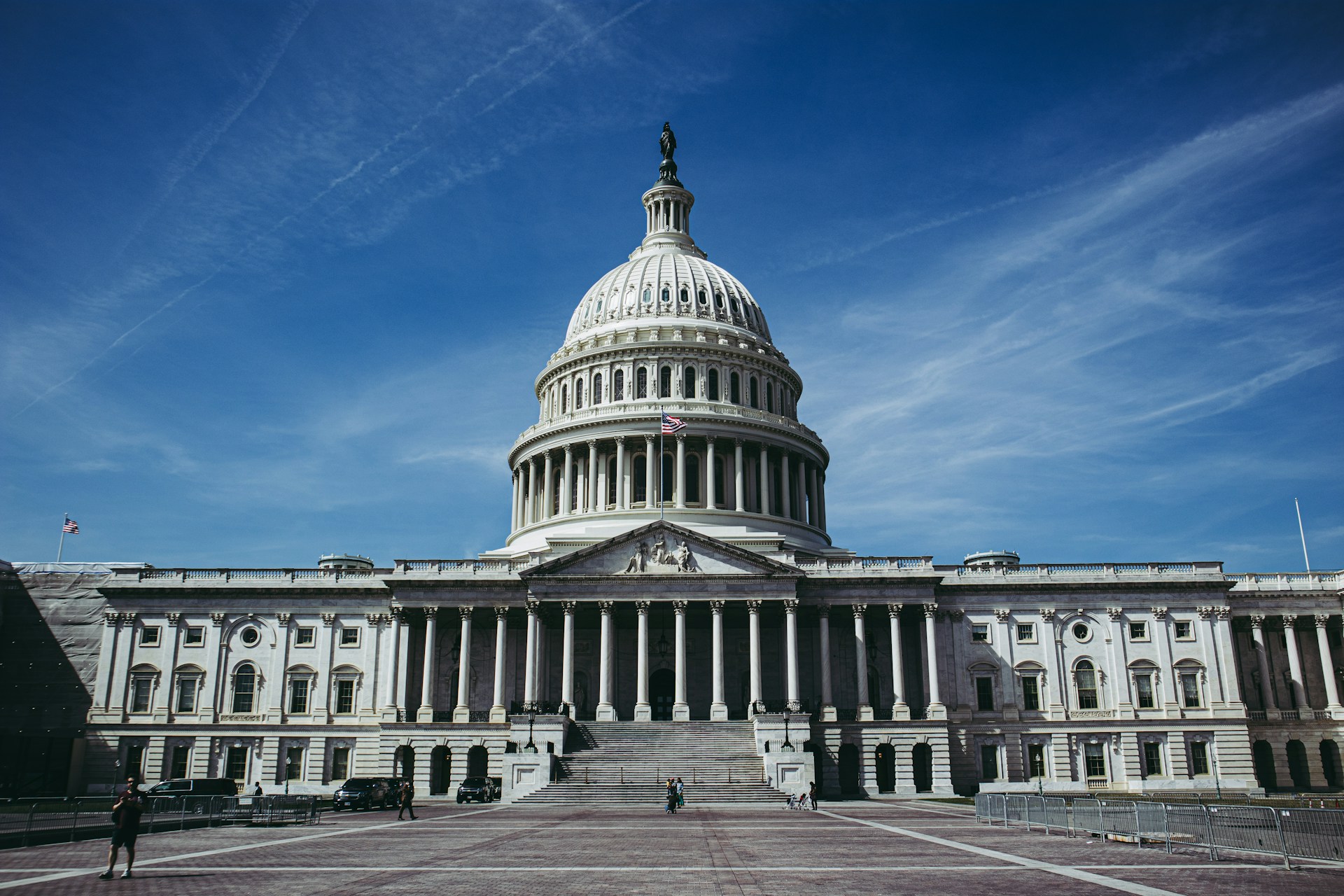Watching the Tax Cuts and Jobs Act speed through Congress so far brings to mind the expression “move fast and break things.”
While that may have been a great motto for Facebook’s early years, it is a terrible way to try to pass the most sweeping overhaul to the tax code in a generation. With all due respect to the conference committee which met earlier this week, the speed with which they are pushing this bill comes across as undue haste.
Despite – and because – of the pace Congress has set, every day there is a new bump in the road. But this is far from a done deal. The conference committee needs to slow down, take a breath, step back from the edge and go back to the drawing board. They can. They should.
This bill comes at a moment where we have rare unity in an otherwise polarizing and challenging time: Everyone agrees that our tax code is broken, everyone agrees it needs to be fixed. And this bill represents a rare opportunity for us to make real, lasting, substantive change that will affect every single one of us, in every sector of the economy.
The tax package is not some faraway inside-the-beltway thing but rather a very real restructuring of how much money stays or goes from our individual wallets. A bill this consequential simply should not be rushed. Its price tag alone, with the potential to add $1 trillion to the deficit at a time when our $20 trillion national debt already exceeds 100 percent of our GDP, should be reason enough for the conference committee to pump the brakes. The Affordable Care Act was passed with a straight party line votes and important amendments were pushed through with the budget reconciliation process. These kind of divisive votes are bound to be challenged at every turn.
Perhaps the conference is deliberately pushing ahead because all credible analysis underlines what we have said repeatedly about this bill – this is not tax reform, but a gimmick filled, deficit-financed tax cut that will not pay for itself. There are budget tricks, like opening up parts of Alaska for drilling. (Spoiler alert: We’ve looked, and no, the math does not add up.) Or ending all the individual tax provisions early, which saves money on paper, but not in reality. Instead, this bill just blows another hole in the budget, and sticks the next generation with an even bigger bill that will squeeze out other priorities.
Let’s not forget about the other fiscal legislative business moving through Congress. Lawmakers are also working on finalizing a deal on the final spending levels for the fiscal year 2018 discretionary federal budget, and will need to pass a new continuing resolution to avoid shutting down the government just in time for Christmas. As you may recall, last week Congress gave itself two weeks of breathing room to figure out just how much money it could spend for the remainder of the fiscal year.
In English: The current continuing resolution funding government expires on Dec. 22. Extending the continuing resolution into the new year without a deal would lead to roughly a $2 billion across-the-board sequestration cut. This is because the agreed upon spending level for fiscal year 2017 was set by the Bipartisan Budget Act of 2015 and it’s actually greater than the cap for fiscal year 2018, which is governed by the Budget Control Act of 2011. Hence the push for a bipartisan budget act 3.0. (There was also a Bipartisan Budget Act in 2013.)
The idea that is floating around is to simply lift the caps by more than $200 billion, without any offsets for the increased spending. Even though some of the offsets for previous budget deals were specious or gimmicks, there was at least some attempt to offset the spending increases. Taxpayers were promised $1.2 trillion in deficit reduction from the Budget Control Act. Simply boosting the caps means lawmakers are reneging on that promise.
To add a new plot line to the drama, this week the House Appropriations Committee introduced a continuing resolution that would fund most of the government until Jan. 19 (avoiding the unpleasant Christmas rush); the bill also includes a full year of appropriations for the Pentagon. And to sidestep the pesky problem of the budget caps, the bill would raise the caps for defense spending, and temporarily suspend them for the rest of the government. A few points to remember: Most years, the topline spending limits are set in the spring. This year, we are pushing the decisions of just how much to spend months into the fiscal year. Also, while Congress has not lived by the limits of the Budget Control Act, it has kept the idea of keeping cuts to nondefense discretionary spending in line with cuts to defense spending.
“More” isn’t a strategy any more than “fast.” But that seems the justification behind this push. Because there’s also the possibility that a lot more spending will catch a ride on the budget deal. The next disaster supplemental could add as much a $70 billion more in spending. While the country needs to help those affected by this year’s disasters, much more needs to be done to ensure that the funds are spent wisely and appropriately. Congress needs to add transparency and accountability provisions to this funding. Another item catching a ride may be the rebirth of tax extenders – the temporary targeted tax breaks that real tax reform would end.
Both the tax bill and some form of continuing resolution are set to be voted on next week. Congress is poised to enter the full swing of the holiday season by increasing the deficit through a tax bill without pay-fors and appropriations without offsets of limits.
None of this is good. We need real tax reform. We need to finish the fiscal year 2018 spending bills. We need Congress to make decisions based on numbers, need, and evidence, not wishful thinking and self-imposed political deadlines. . As a starting point, Congress could focus on finishing the fiscal year 2018 budget process since there are statutory, rather than manufactured, deadlines in play. Once that is done, they turn to tax reform and give it the time such a complex bill deserves.











Get Social